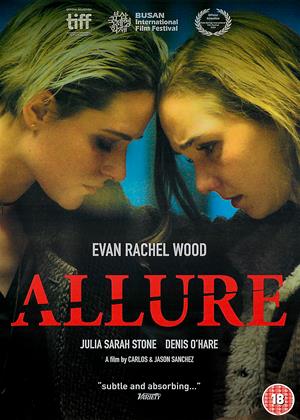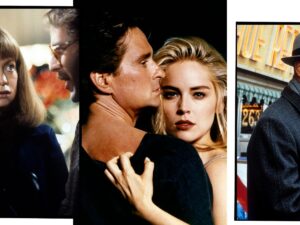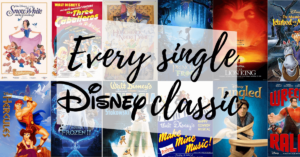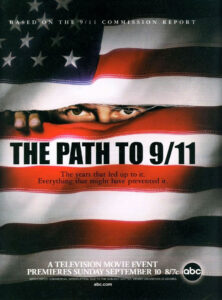
In an era dominated by quick, bite-sized content and streaming binges, the concept of the three-hour movie stands as a monument to a different kind of cinematic experience. These extended films demand patience, attention, and a willingness to immerse oneself deeply in the narrative and characters. While not everyone has the time or inclination for such lengthy viewing sessions, three-hour movies often provide a richness and depth that shorter films might not achieve. This article explores the unique appeal, challenges, and notable examples of three-hour movies.
The Appeal of Three-Hour Movies
Depth and Detail
One of the primary advantages of a three-hour film is the opportunity to delve deeply into the story. With the extra time, filmmakers can develop intricate plots, complex characters, and richly detailed worlds. This allows for a more immersive experience where viewers can truly connect with the material.
Epic Narratives
Three-hour movies are often synonymous with epic storytelling. These films can span vast periods, depict large-scale events, or explore significant themes with the gravity they deserve. Epics like Lawrence of Arabia or The Lord of the Rings: The Return of the King utilize their extended runtimes to craft grand, sweeping narratives that capture the imagination.
Artistic Ambition
For filmmakers, a longer runtime offers the freedom to experiment and explore their artistic vision without the constraints of a typical two-hour film. Directors like Martin Scorsese and David Lean have used the extended format to create works that are not only entertaining but also artistically ambitious and thought-provoking.
The Challenges of Three-Hour Movies
Audience Commitment
One of the most significant challenges for three-hour movies is securing audience commitment. In a fast-paced world where time is a precious commodity, not everyone is willing to dedicate such a large chunk of their day to a single film. This can limit the audience and impact a film’s commercial success.
Pacing and Engagement
Maintaining the audience’s interest over three hours requires skillful pacing and engaging storytelling. A poorly paced three-hour film can feel tedious and drawn out. Filmmakers must balance the need for detail and development with the necessity of keeping the plot moving and the viewers engaged.
Practical Considerations
From a practical standpoint, longer movies can pose challenges for theaters, including fewer daily showings and the need for intermissions. This can affect box office revenue and scheduling, making it a less attractive option for cinema operators.
Notable Examples of Three-Hour Movies
“Gone with the Wind” (1939)
Victor Fleming’s Gone with the Wind is a classic example of the epic three-hour film. At nearly four hours long, this adaptation of Margaret Mitchell’s novel captures the complexities of the American South during the Civil War and Reconstruction. Its length allows for a detailed exploration of the characters and their evolving relationships, contributing to its status as a cinematic masterpiece.
“The Godfather Part II” (1974)
Francis Ford Coppola’s The Godfather Part II is another iconic three-hour film. This sequel continues the saga of the Corleone family, blending two parallel storylines: Michael Corleone’s consolidation of power and Vito Corleone’s early life and rise to prominence. The extended runtime provides ample space to develop both narratives fully, resulting in a richly layered film.
“The Lord of the Rings: The Return of the King” (2003)
Peter Jackson’s The Lord of the Rings: The Return of the King is a modern example of a three-hour epic. The final installment in the Lord of the Rings trilogy, this film brings J.R.R. Tolkien’s fantasy epic to a spectacular conclusion. Its length allows for a comprehensive adaptation of the source material, providing a satisfying and immersive experience for fans of the series.
Conclusion
Three-hour movies represent a unique facet of cinematic art. They offer filmmakers the canvas to create detailed, epic narratives that can leave a lasting impact on audiences. However, they also come with challenges, from maintaining audience engagement to practical considerations in distribution. Despite these challenges, when done well, three-hour movies can be some of the most rewarding and memorable experiences in film. They remind us of the power of cinema to tell stories that are not just seen, but felt deeply and remembered long after the credits roll.





